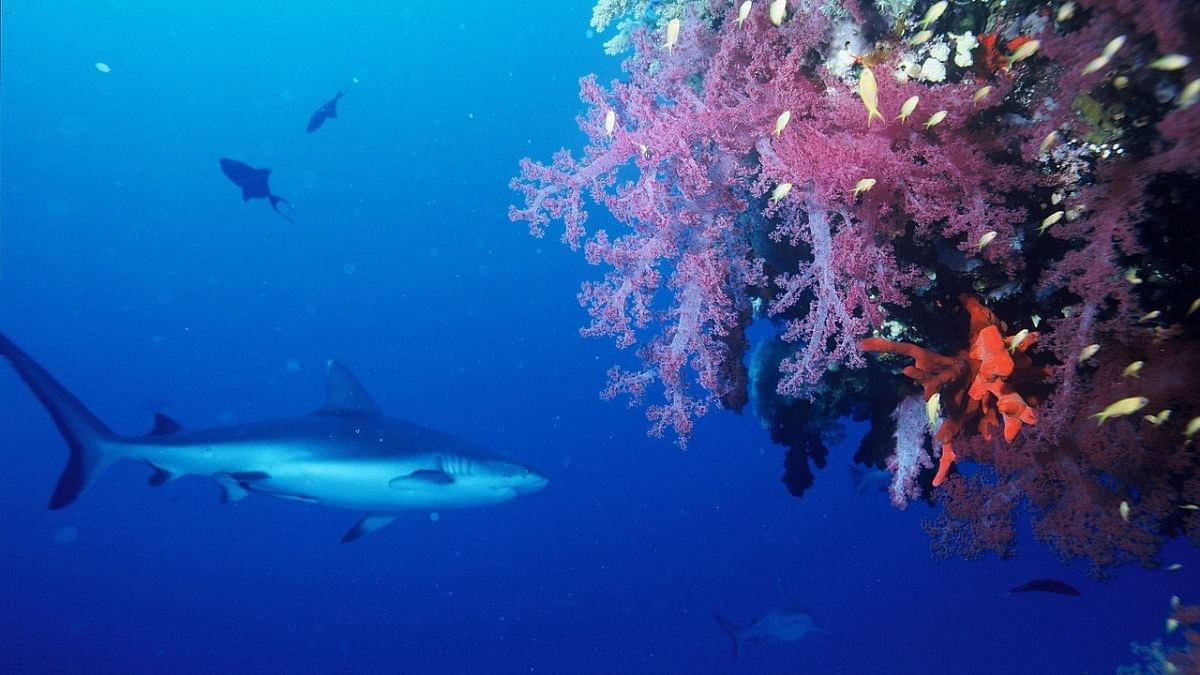Free Courses Sale ends Soon, Get It Now


Free Courses Sale ends Soon, Get It Now



Disclaimer: Copyright infringement not intended.
Context
Other Details
Reef Sharks
Habitat
Significance
Conservation Status
Threat
Measures to be taken for conservation
|
Indicator Species
|
Must read Article:
https://www.iasgyan.in/daily-current-affairs/coral-reefs
https://www.iasgyan.in/blogs/coral-reefs-around-the-world
https://www.iasgyan.in/daily-current-affairs/great-barrier-reef-40
|
PRACTICE QUESTION What are indicator species? Explain in context of reef sharks. By highlighting the threat reef sharks are facing, Elaborate how they play a key role in sustainability of the coral reef ecosystem. (150 words) |
© 2024 iasgyan. All right reserved